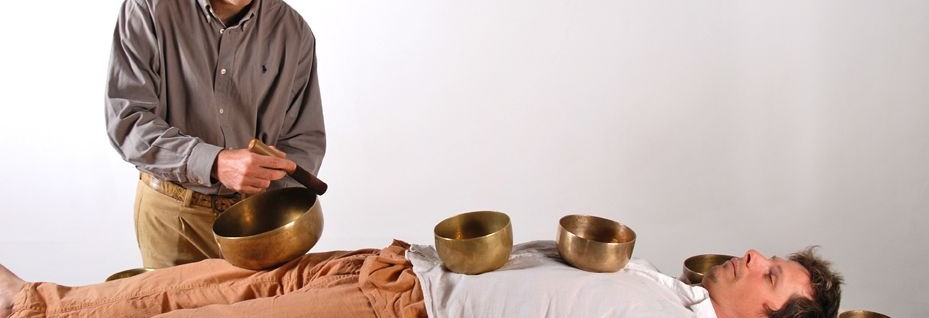This vibroacoustic approach is a theoretical and methodological development of vibroacoustic therapy. It started to develop in the 1980s as a consequence of the empirical clinical research of Professor Olav Skille in Norway and the experimental research carried out by Tony Wigram in England. Other important names worth mentioning are Chesky and Michel in the USA, Lehikoinen in Finland and many others around the world.
In a vibroacoustic therapy session, the patient, who is lying on a chair or bed with built-in speakers, perceives low frequency and modulated sounds combined with music, in direct contact with the patient’s body and emitted by electronic equipment, in order to achieve therapeutic goals (see bibliography).
In his search for a more “organic” intervention in which the vibroacoustic resource is generated with musical instruments instead of electronic equipment, Jorge Zain discovered a similarity between the characteristics of the electronic vibroacoustic stimulus and the sound of certain Tibetan bowls when rubbed with a leather or cork mallet.
It is from the results obtained through the analysis of three Tibetan bowls, which can be found in Jorge Zain’s thesis, “El uso de Cuencos Sonoros como Recurso Vibroacústico en Musicoterapia Receptiva”, that we can consider a vibroacoustic approach with these musical instruments.


